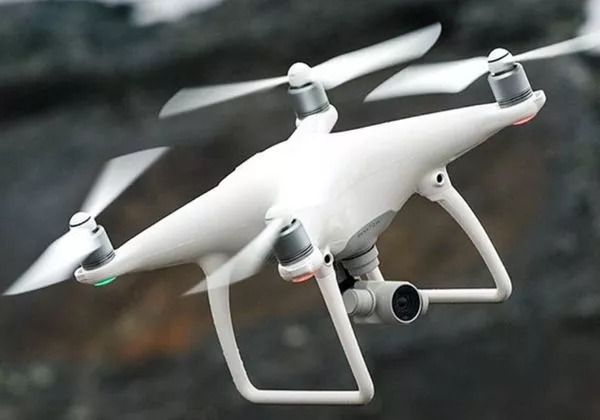Enhanced Surveillance and Efficiency
One of the most significant impacts of drones in policing is the enhancement of surveillance capabilities. Drones equipped with high-definition cameras and real-time streaming technology provide police forces with an aerial view of incidents, aiding in crowd management, border patrol, and traffic monitoring. By deploying drones, law enforcement can cover vast areas swiftly, improving response times and reliability without putting personnel at risk. This efficiency supports officers by offering live feeds and pertinent data to make informed decisions during operations.
Tactical Support and Safety
Besides surveillance, drones offer direct tactical support in high-risk scenarios. In hostage situations or active shooter incidents, drones can provide unobtrusive reconnaissance, giving police invaluable insights into developing situations without exposing officers to harm. Additionally, drones can be equipped with speakers to facilitate communication with suspects or civilians, allowing negotiations or instructions to occur from a safer distance. This tactical edge enhances the safety of officers and civilians alike, creating controlled environments even in volatile situations.
Challenges and Ethical Considerations
Despite their advantages, the deployment of drones in policing raises several challenges and ethical concerns. Privacy is a significant issue, as constant aerial surveillance can be perceived as invasive, leading to public apprehension. To address this, law enforcement agencies must establish clear policies governing drone usage, ensuring transparency and accountability to maintain public trust. Furthermore, regulations surrounding drone flights, including airspace restrictions and operational limitations, must be adhered to avoid legal repercussions and ensure the safety of both drones and manned aircraft.
Looking forward, the role of drones in policing is bound to evolve as technology advances. With developments in AI, drones could autonomously assist in analyzing crime patterns or provide predictive insights, further augmenting police work without necessitating increased human resource expenditure.
Frequently Asked Questions
Are drones more effective than traditional helicopters in policing?

While drones offer enhanced capabilities like affordability, quick deployment, and maneuverability in tight spaces, helicopters still provide advantages in terms of flight capabilities and duration. Both tools have distinct benefits depending on the operational need.
How do police ensure the privacy of citizens when using drones?
Police agencies develop stringent guidelines on drone operations, focusing on minimizing invasions of privacy. Transparency with the public and adherence to legal frameworks are critical in addressing privacy concerns.
Can drones replace police officers on the ground?
Drones are designed to complement police work, not replace officers. They offer additional tactical support and data, helping officers to make informed decisions but still requiring human oversight and interaction with the community.